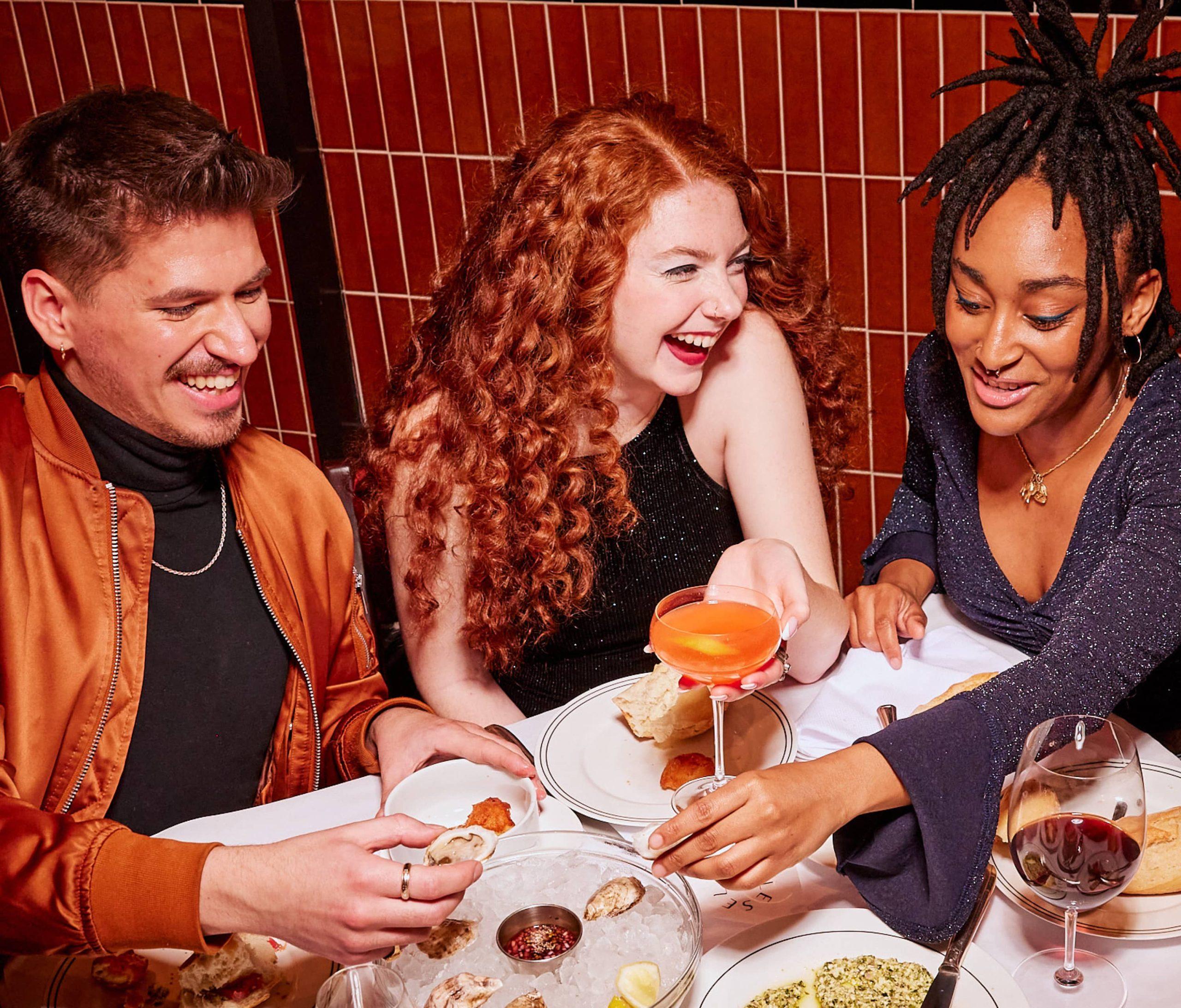There is little doubt that the restaurant industry can be a tough game. At times the challenges can seem insurmountable. But Australian chefs plan to stay positive and adapt to overcome the challenges they face and continue to prosper.
Staffing challenges
Ian Royle, who is head chef at Flying Fish Restaurant and Bar at Pyrmont in Sydney, says there was a boom in the industry in 2016, with many new restaurants opening their doors.
“Though this is great to see, it has put a strain on finding industry workers,” he says. “Also, restaurants are competing with delivery companies such as Deliveroo, Uber Eats and Foodora, which encourage people to stay at home.” Royle says it is important to nurture the new generation coming out of training schools to keep up with the demand for hospitality workers.
“We must also look after the staff we have now,” he says. “In doing so, we need to make it a fun working environment where learning is key. There must always be team spirit and a sense of belonging in our kitchens.”
Increased competition
REGATTA Restaurant & Bar executive chef Damien Pignolet also identifies dealing with huge competition from an ever-growing restaurant market as one of the biggest challenges in Sydney. He and head chef Michael Morrison constantly work on improving their dishes to keep customers coming back. “Increasing competition has always meant more expenditure devoted to decor and state-of-the-art cooking equipment,” he says. “This means it’s harder to turn a profit, let alone amortise the set-up costs.”
Skills gap
A lack of qualified and experienced staff is also a problem. “As recently as eight to ten years ago there were still cooks who knew how to master the primary methods of cooking,” Pignolet says. “Today a head chef spends more time teaching, then the staff leave and the cycle starts all over again. The staffing issue will only become more demanding and with fewer apprentice cooks I cannot see an answer, other than sponsorship from overseas. And this still requires a massive amount of teaching.”
Pignolet also named dealing with the ever-increasing cost of food and overheads, especially rent and energy, as a challenge. “Chefs and restaurateurs have a battle to control the selling price when food costs increase and still remain marketable,” he says.
Costs of running a restaurant business
Chris Yan, from Lotus Galeries, Lotus Barangaroo and Papa Bo Min in Sydney, agrees expenses related to running a business are rising. “There is high rent, high wages and it is also very tricky to find good staff, both front and back of house,” he says. “It’s all about working hard and creating dishes that are delicious, but also don’t cost too much. I aim to train and teach existing chefs, then watch them move to higher levels in the industry. It’s also important to hire more interns and students as they are the future. We also work with our suppliers to keep our food costs down.”
Food sourcing
Bistrot Gavroche executive chef and co-owner Frederic Colin says while food sourcing remains a challenge uncertainty about the economy is always the largest worry. He plans to propose set menus which are cost effective for customers. “I think it’s fair to say 2016 was a bit gloomy, mostly because of the threats and a slack economy,” he says. “2017 seems very similar, so in that sense there was no overcoming it, but it is important to adapt and improve your offering to meet demand and consumer interests. This is what hospitality industry is about, isn’t it?”
The rise of casual dining
There has also been a shift away from fine dining towards casual dining, according to InterContinental Sydney executive sous chef Stephen Lech. “Consumers are still looking for amazing quality food that they can relate to, but they are looking for affordable options and are spoiled for choice,” he says. “It has made chef shifts their mindset and adapt to what the customer wants. Too often chefs put food on the plate because it is what they like, when it should actually be what our guests want.”
Qualified staff shortage
Melbourne chef Dusty Treweek, from modern Italian restaurant Bottega in the CBD, also finds the shortage of quality staff challenging. “There are more restaurants than quality staff in Australia at the moment,” he says. “The industry is going to have to adapt. To attract decent staff, restaurants are going to have to address a work-life balance, or simply pay more. To achieve this, and keep the restaurant industry viable, customers are going to need to get used to paying more for food. We also need a greater investment into training young hospitality workers, as the TAFE system needs to do a better job at getting apprentices and trainees ready to work.”
Identity crisis
But Tyson Gee, from radii restaurant & bar at the Park Hyatt Melbourne, believes the biggest challenge facing restaurants is the struggle to find an identity. “Melbourne is a great food city with heaps of great restaurants that constantly push the boundaries of what can be achieved,” he says. “Restaurants need to know what they are good at, stick to their guns and smash out some great food.”




